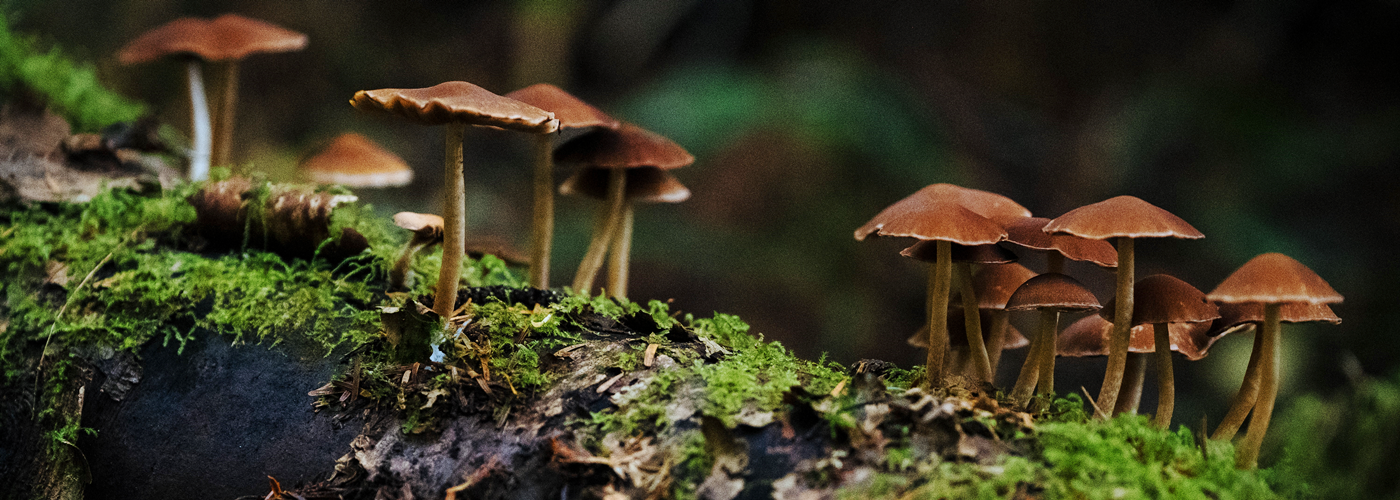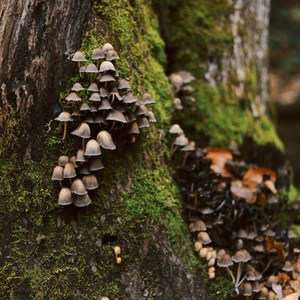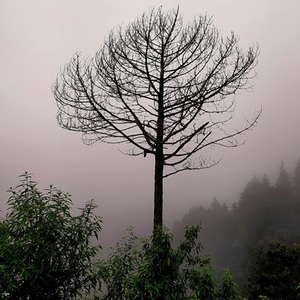

It's a natural network called by some the “Fungal Internet,” or the “Wood Wide Web.” Only in the latter half of the 20th century have scientists come to more fully grasp the importance of this symbiotic network between plants and certain types of fungi, more formally known as a mycorrhizal network.
Mycorrhizal fungi grow a network of fine tubes called a mycelium which grow in and around the roots of plants. This mycelium allows the fungi to absorb such nutrients as nitrogen and phosphorus from the soil. These are nutrients which plants struggle to get from the soil on their own. In turn, plants, as a product of their photosynthesis, produce carbohydrates such as glucose and sucrose which feed the fungi, thus forming a symbiotic relationship.
However, in the past couple of decades, scientists have discovered that this fungi-plant relationship extends beyond a single plant and involves more than just an exchange of food and nutrients. The mycorrhizal network can also send a chemical warning that a neighboring, connected plant has been attacked by an insect or other pest. This can trigger surrounding plants to emit compounds called VOC's which can attract the pest's predators. In addition, according to a 2015 study by Canadian scientist Suzanne Simard, and others, the mycorrhizal network can also transfer carbon to trees that have defoliated, whether through drought or disease, ensuring that those trees most in need get the nutrients they need to survive.
The latest push by scientists, in their quest to understand these natural networks, is to better map the biodiversity that exists under our feet. In fact, more than a quarter of all species on Earth live underground. Now, a non-profit group called SPUN, or the Society for the Protection of Underground Networks, aims to better understand and protect these underground ecosystems. Not only is this work important to the understanding of plants and forest conservation, but it is also critical to more fully understanding the capture of carbon from the atmosphere and its storage in the soil as part of the carbon cycle.






